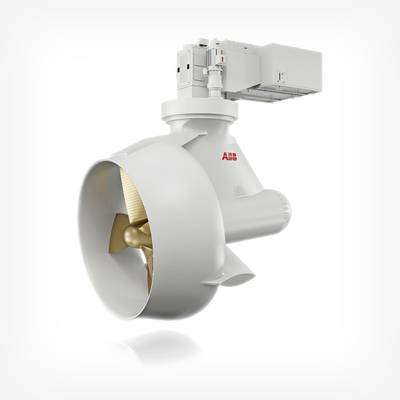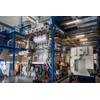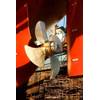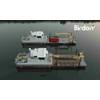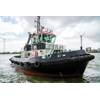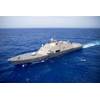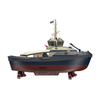ABB Launches Newest Azipod Electric Thruster
Power and automation technology group ABB introduced a new addition, Azipod D, to its line of Azipod electric propulsion offerings today.
ABB’s gearless Azipod propulsion system is already used by cruise vessels, icebreakers, ice-going cargo vessels and offshore accommodation ships. With the Azipod D, shipping segments such as offshore drilling, construction and support vessels and ferries will have even more choices to benefit from the higher flexibility, reliability and energy efficiency provided by Azipod propulsion technology.
“We’re excited to expand the Azipod propulsion family and make the benefits of electric propulsion available to a wider range of ships. Shipowners and operators demand solutions that are reliable and improve their competitiveness in a volatile market – the Azipod D is our answer to these demands,” said Peter Terwiesch, President of ABB’s Process Automation division.
The electric propulsion behind ABB’s Azipod units enables ship owners and operators to lower maintenance costs and cut fuel consumption. Benefits of the Azipod D propulsion system also include superior maneuverability, competitive investment cost, ease of service and maintenance, and a significant performance increase compared to mechanical thrusters.
This new Azipod thruster family member provides designers and ship builders with increased design flexibility in order to accommodate a wide range of hull shapes and propeller sizes, as well as simplicity of installation of the propulsion units. The Azipod D requires up to 25 percent less installed power. This is partly due to the fact that the new hybrid cooling increases the performance of the electric motor by up to 45 percent.
ABB’s Azipod D propulsion power ranges from 1.6 megawatts to 7 megawatts (MW) per unit.
According to Clarkson’s Research, the leading shipbroker and research firm, the number of vessels with electric propulsion has been growing at a pace of 12 percent per year over the last decade, three times faster than the world’s fleet.


